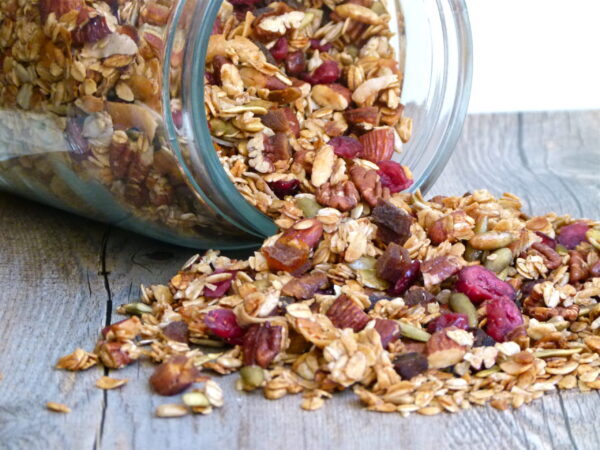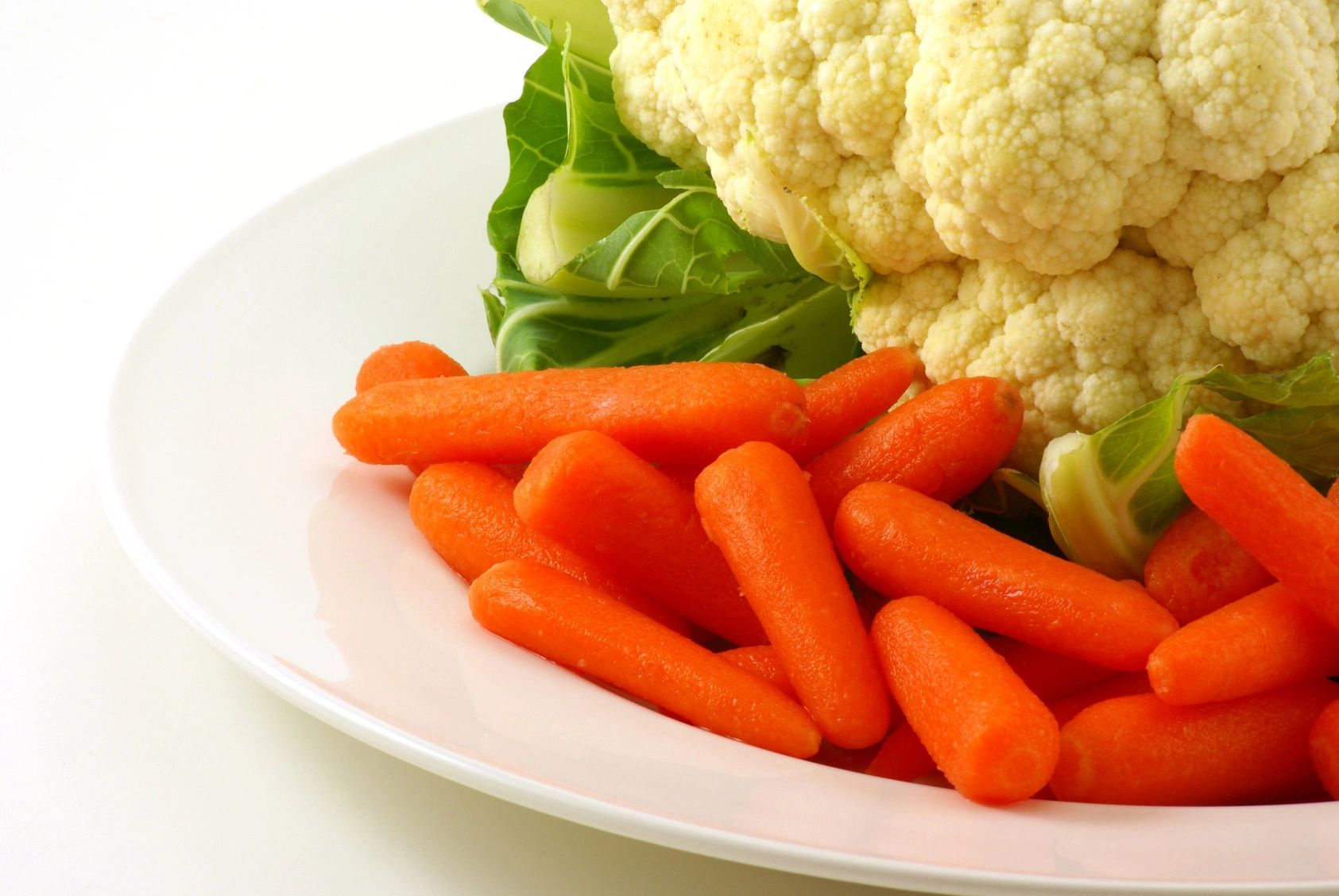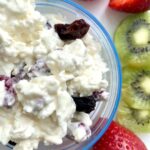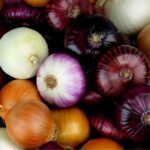|
Getting your Trinity Audio player ready...
|
Fiber is a carbohydrate that is part of plants, but not digestible by humans. This nutrient is classified as water-soluble and water-insoluble. Although not digested by humans, soluble fiber forms a viscous solution with water and can be digested by bacteria in the large intestine. In contrast, insoluble fiber is not digested by bacteria in the colon.
Soluble fiber is found around and inside plant cells. Foods with the most soluble fiber are: oats, barley, granola, apples, beans (grains) and seaweed. Several of the benefits of this fiber include:
- reduce blood cholesterol levels
- reduce the risk of cardiovascular diseases
- help regulate blood glucose levels because it reduces insulin requirements by slowing the movement of sugars (simple carbohydrates) in the intestine.
- produce short-chain fatty acids when bacteria ferment soluble fiber. These fatty acids serve as a source of energy for the colon, reinforce the protective mucosa of the intestine, have an anti-inflammatory effect, reducing the risks of colorectal cancer among other diseases.
Insoluble fiber is found in the structural part of the plant or the cell wall. This type of fiber is mainly found in whole grain cereals (whole), saved (bran) or wheat germ and in most vegetables. Among the benefits of this fiber are:
- avoid constipation, by increasing the weight of feces
- prevent the development of diverticulosis, by reducing pressure within the colon
- prevent the development of irritable bowel syndrome
- reduce the risk of cancer by shortening the time that feces and its bacteria are in the intestine.
Most foods of plant origin contain both fibers in different proportions, so both types of fiber also provide us with:
- controlled calorie feeding
- controlled fat feeding
- increased consumption of potassium, a mineral that helps control blood pressure, thus reducing the risk of cardiovascular diseases
- low uric acid levels, protecting liver function
- A diet that promotes weight reduction by slowing the digestive process, maintaining a feeling of satiety for longer and delaying gastric emptying.
Si consumimos diariamente diferentes alimentos ricos en fibra, tendremos los efectos positivos de ambos tipos. Ninguna es mejor que la otra, cada una proporciona ganancias a nuestra salud y juntas exceden sus beneficios individuales.







